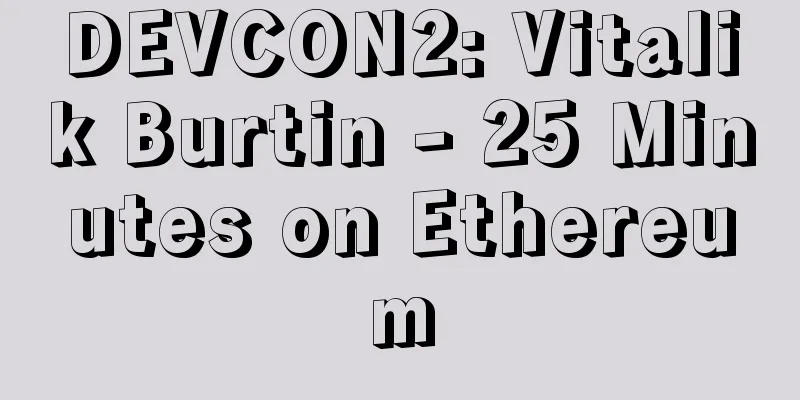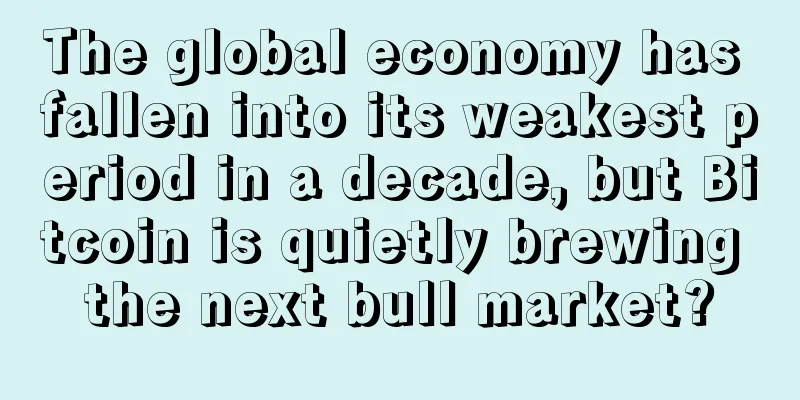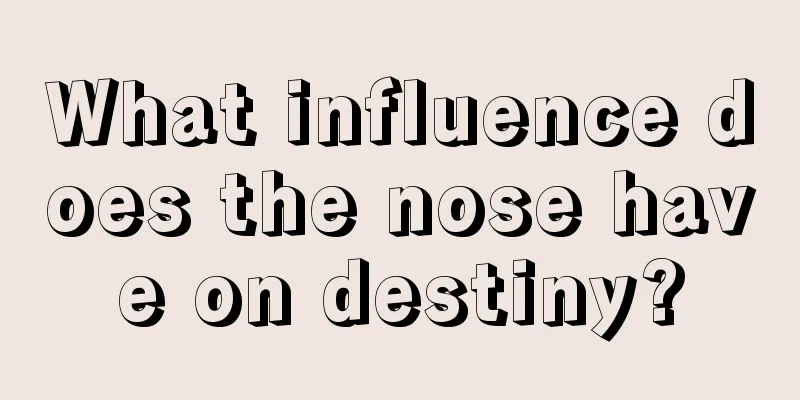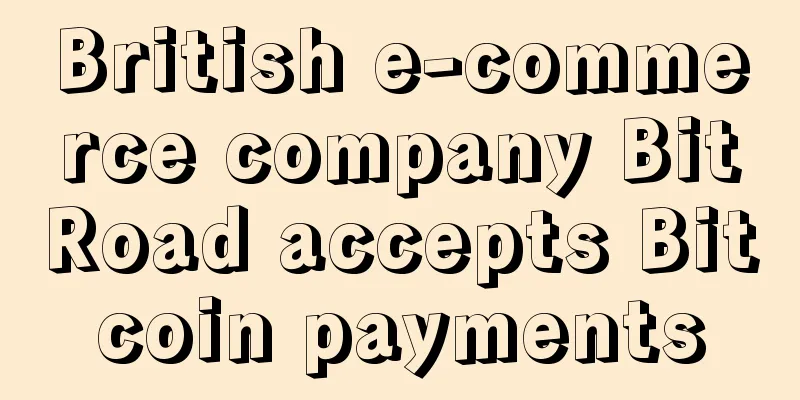DEVCON2: Vitalik Burtin - 25 Minutes on Ethereum

|
Reporter: Cathy First of all, Vitalik Burtin expressed his excitement that the work of the past three years has now yielded results in the protocol. He thanked everyone for their dedicated research on blockchain technology and integrated learning at the application level. He suggested that developer geeks can read the newly released white paper, which can be obtained through public channels, and are also welcome to consult Ethereum. How does the project start? In 2013, he became interested in blockchain and then Bitcoin. He first explained how the project started. This project started in 2013. People were watching Bitcoin and realized that Bitcoin was very useful. They could put digital assets on the blockchain, issue assets, and register property rights. It was like a pocket computer with a single purpose and simple functions. Later, developers wanted more uses, like a Swiss Army knife with 20 features integrated together. The problem is what to do if another application is found? In 2013, an Ethereum solution was proposed. Why do we all want to have smartphones? Because they are universal. Just download the app and it will run immediately. You only need to write code and it can be applied to various smartphones. Bitcoin, Litecoin, and Dogecoin all have blocks, and Ethereum has a built-in programming language, which is great. You can have special accounts, user accounts are controlled by you, and contracts are controlled by code. This is an autonomous system that is completely controlled by code. Ethereum world. After you have the code, you need to compile it, put the code in the block, and then you can create a contract. The contract has an address, which represents the location of the contract. You need to send a transaction, and this transaction communicates with the contract. Information can be encoded in the transaction, and the encoded information can be called. Put the data in the transaction and publish the transaction. Which address sent the transaction can call the address and put it on the contract. From the domain name to the owner to the IP address, everything is part of the Ethereum state. The state is the Ethereum balance, contract, etc. In the process of executing the contract, it is equal to the change of state. Transaction receipts are all part of history. Who stores the transaction? Who executes the contract? If it is a full node, first download all transaction blocks, you can receive the transactions before the block, so the previous full node will execute all contracts, which can save storage space. The Ethereum state is like an object of an account, one is controlled by people, and the other is controlled by code. Each contract has a sub-database, and only the contract can write to the storage and read space. Each transaction has a sending address and code that can send ether to other contracts. Each complete stage can process other transactions. Gas is easy to be misunderstood. For Turing-complete projects, we cannot guarantee whether it will continue to run. It is impossible to tell which program will continue to run. When the code is executed, the number of calculation steps is calculated. For example, a transaction is sent to a contract, and 2 results are completed before 1 million steps are completed, but if it exceeds, the entire transaction is revoked. Even if the transaction fails, the entire fee must be paid, and no matter what strange nodes can be processed in a certain time. The time for each computer to run the code is different, and gas is completely deterministic and can control resources. Each unit of Gas must be paid for. If you send a transaction to the Ethereum public chain, you must pay Gas. Not only the calculation of steps, but also reading and writing status, etc. consume Gas. The upper limit of Gas will be automatically adjusted, and miners cannot vote to adjust it. Transactions have random numbers. How can you not send 10 ether coins again? The random number of each transaction, once the transaction is processed, has a random number. If you communicate with the contract, the data communicates with the contract. Ethereum virtual machine has memory. If the time is greater than 2018, relevant measures can be taken. If you use contracts, you will use high-level language code. Codes can be written in various languages, and these codes can be stored as Ethereum code. Ethereum code is very compact. What if you want to call a contract? Call IP function: Send a transaction. There is a very standard algorithm. The first four bytes are the function ID, and there is also a mining algorithm. Its goal is to prevent special hardware organizations from mining. Merkle Tree:
Afterwards, Vitalik will also describe the basics of the Ethereum protocol, such as proof of stake, scalability, privacy, improved protocols, high-level virtual machines, and expansion space. |
<<: DEVCON2: Dr. Greg Colvin's video commentary makes the Ethereum Virtual Machine scream!
>>: The Ethereum team discusses Wasm Web Assembly and EVM and their applications
Recommend
People who think studying is much harder than working have bulging eyes.
When we were young, everyone wanted to grow up qu...
What is CKB that was mined on the test network?
Yesterday, mining pools such as F2Pool, SparkPool...
Does a mole on the side of the chest mean wealth?
What does a mole on the side of the chest mean? A...
What is a prosperous husband?
A face that brings good fortune to the husband is...
Which moles on a man's face cannot be removed? They are the moles that bring wealth.
1. Mole on forehead In physiognomy, if a man has ...
Palmistry to predict career
How to predict career luck from palmistry Whether...
The personality of people with sunken eyes and their strategies for dealing with shopping malls
Sunken eyes are called golden pot eyes. People wi...
Exclusive | Insider: Bitmain secretly submitted its prospectus a few months ago and has now suspended its listing
According to Deepchain Finance, Tencent News’ Qia...
What are the characteristics of a woman who is destined to marry a poor man?
1. Small ears In physiognomy, a woman with big ea...
Litecoin’s 5th anniversary, more exciting things to come
Author: Little Lion from Litecoin China Community...
The marital status of women with peach blossom eyes and what to pay attention to in marriage
What is important in marriage is not only love, b...
The mainnet is about to be launched, how does swarm mining work?
Swarm, the highly anticipated Ethereum sub-projec...
Women's eyebrows, which type of eyebrows are the most blessed?
Women with willow-shaped eyebrows are blessed In ...
Ethereum leads the rise, BTC breaks through 10,000, and together they suck blood from DeFi. Is the altcoin dead?
According to the "Risk Warning on Preventing...
Where is the future of graphics card miners?
Key points: Among all PoW currencies, Ethereum’s ...









